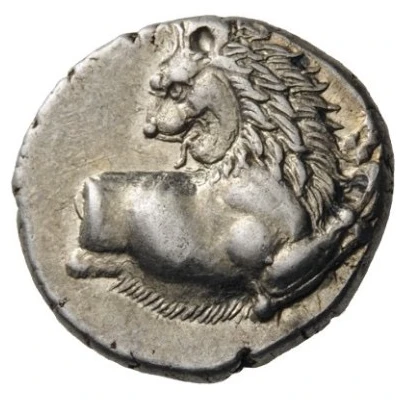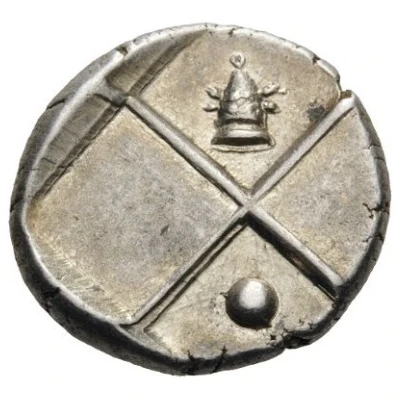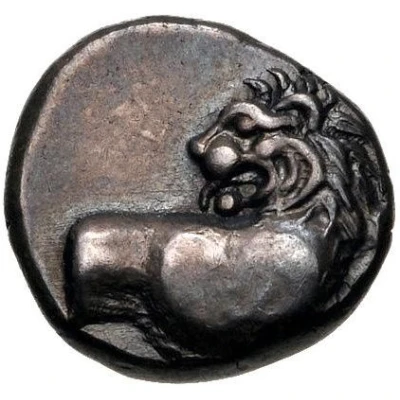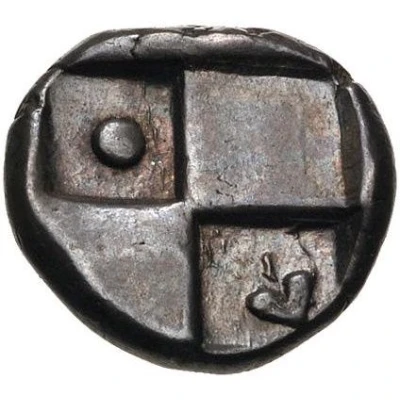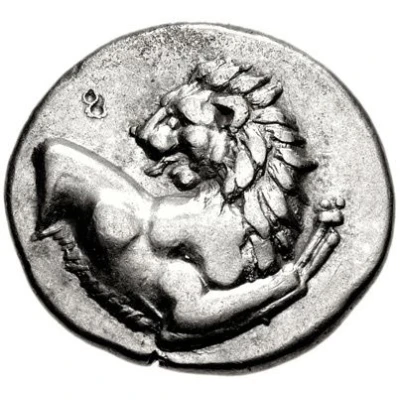
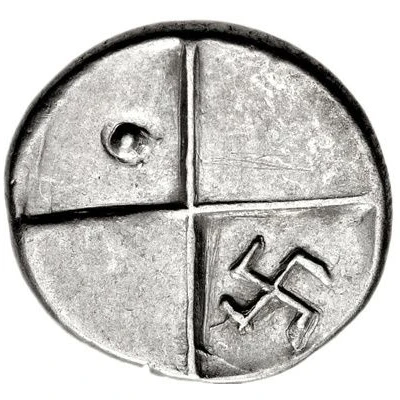

© Classical Numismatic Group, Inc.
Hemidrachm 386 BC - 338 BC
| Silver | 2.22 g | 15 mm |
| Issuer | Cherronesos (Thrace) |
|---|---|
| Type | Standard circulation coin |
| Years | 386 BC - 338 BC |
| Value | Hemidrachm (½) |
| Currency | Drachm |
| Composition | Silver |
| Weight | 2.22 g |
| Diameter | 15 mm |
| Shape | Round (irregular) |
| Technique | Hammered, Incuse |
| Demonetized | Yes |
| Updated | 2024-10-10 |
| Numista | N#427150 |
|---|---|
| Rarity index | 100% |
Reverse
Quadripartite incuse square with alternating raised and sunken quarters; pellet and swastika in opposite sunken quarters.
Interesting fact
The Hemidrachm coin from Cherronesos (Thrace) was used as a form of currency in the ancient Greek city-state of Cherronesos, located in the region of Thrace, which is now modern-day Turkey. The coin was made of silver and weighed 2.22 grams, which was a significant amount for a coin at that time. Despite its small size, the Hemidrachm was an important coin in the ancient Greek world, as it was widely used for trade and commerce. Interestingly, the Hemidrachm coin from Cherronesos (Thrace) features an image of a mythical creature called the Griffin, which was a symbol of protection and strength in ancient Greek mythology. The Griffin was depicted on the obverse side of the coin, while the reverse side featured the image of a rose. The use of the Griffin on the coin was likely meant to convey the idea of protection and security, as well as to symbolize the wealth and power of the city-state of Cherronesos. Overall, the Hemidrachm coin from Cherronesos (Thrace) is a fascinating piece of history that provides insight into the culture, trade, and commerce of ancient Greece. Its unique design and symbolism make it a valuable collector's item for numismatists and historians alike.
